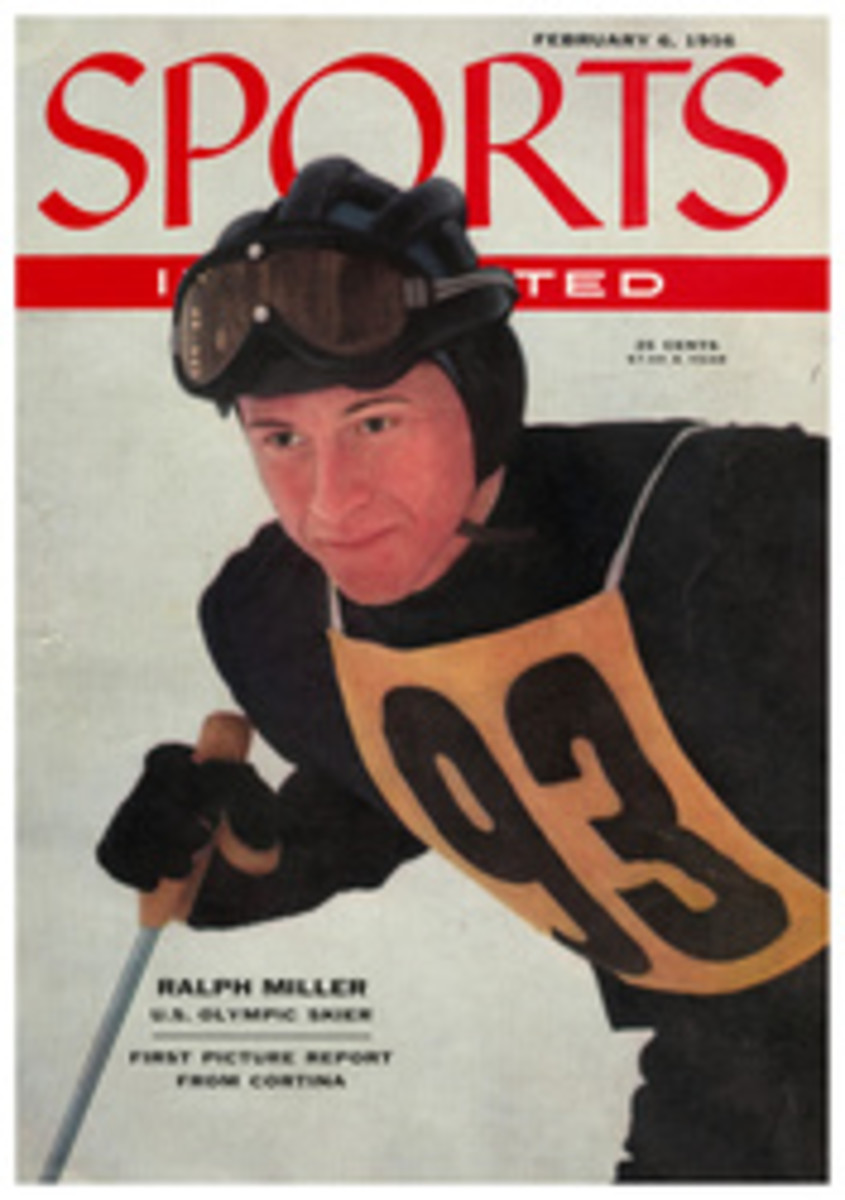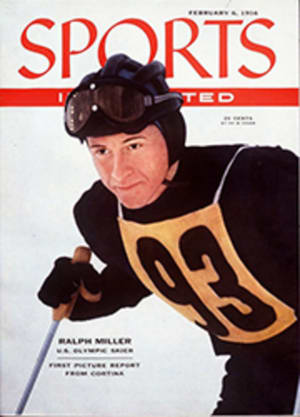
THE WAYS OF A PERFECT CADDY
You can't really enumerate everything a caddy must attempt to do but there are a half-dozen things you would rank as the essentials," Cecil Timms was saying not long ago in his earnest English Midlands voice. "One: always make a point of not saying anything to your player until you're asked. Two: always keep his clubs clean—wipe them off after every shot. Three: always, after he's hit, get to the ball as fast as you can and cover it so that the gallery can't disturb it. Four: study the shot before your player arrives—the lie, the turf, the wind, the target. Have your opinion clearly formed in the event your man requests your advice. Five: if you are caddying for a player for the first time, study his game closely. You should be able to club him correctly after four or five holes. Six: you must know the course. Most new courses require at least three or four days. St. Andrews, naturally, takes longer."
Cecil Timms is a very good man to listen to on this subject, for if the once proud but now moribund profession of caddying possesses a Snead or a Hogan, he is the boy. A native of Lapworth, a village near Stratford, Timms at 39 is a tall strapping fellow who started caddying at seven and gradually drifted into a unique split career: during the winter seasons he played professional soccer, and during the spring and summer he followed the British golf circuit as a professional caddy. He made his debut in the British Open in 1935 and with the exception of the 1950 Open, he has never missed a British Open or British Amateur. He probably will now, for this autumn he came to the United States "to learn all I can about golf and golf shops, because, you know, I shan't be a tournament caddy forever." Timms arrived with nothing but a small valise and his reputation. Thanks to the active interest of Claude Harmon, that old helping hand, and of Harry Cooper, whose father came from Stratford, he found work immediately and is currently caddying and helping in the pro shop in Dunedin, Fla.
Timms's fame as a caddy first began to take on international dimensions in 1951 when he caddied for Dick Chapman when Dick finally won the British Amateur at Porthcawl, and the next year in the French Amateur. In 1953 he was Hogan's caddy when Ben scored his monumental victory in the British Open at Carnoustie. In '54 Timms had his second Open winner in a row, young Peter Thomson of Australia.
"Each player you work with has a different personality," Timms says. "I got along nicely with Billy Joe Patton. He has a lot upstairs, as we English say. He likes to chat as he plays and I'm happier, I admit, if my man is not too unconversational, you know. Dick Chapman—now Mr. Chapman was wonderful for me. He positively enjoys thinking over and talking over every shot, and you really feel that you're a part of the team. Mr. Hogan was by far the quietest of the Americans I've worked for, but I'd say we got along quite nicely too. You see, it all depends on the man. You take your cue from his temperament. I used to caddy in all our big events for Gerald Micklem, one of our best amateurs. He is very serieux about his golf, as the French say. Ooh—I shall never forget the look Mr. Micklem gave me last May when I was caddying for Mr. Patton in the Walker Cup foursomes against Mr. Micklem. I think it was on the fourth fairway that our paths first crossed. Mr. Micklem—he was playing very badly—peered at me with an expression that was both hard and wounded, as if to say, 'Deserter!' As the Scots would put it, it was a very dour look." Timms says "Mister" often, but he is no Galsworthy-type retainer. He is treated with genuine respect by just about everyone in golf.
Timms became Hogan's caddy in the 1953 British Open by paying a call on Ben the day Hogan arrived at Carnoustie. Ben agreed to give him a trial. They proved to be a good team, especially when you take into account that Timms is used to being asked for plenty of advice, and Hogan is a person of majestic self-reliance.
"Mr. Hogan needed very little assistance at Carnoustie," Timms was recalling not long ago, "but I do think I helped a bit, especially on the last round. On the second hole—it's about 442 yards long—we got home comfortably on the morning round with a six-iron on the second shot. Mr. Hogan smashed out another beautiful drive there in the afternoon, but the wind had shifted around a good deal. It was blowing more against us and it was puffy in a very deceptive way. I looked over the shot we had left to the green, and for the life of me, it looked like a two-iron. I looked it over again. It still seemed like a two. When Mr. Hogan arrived and studied the shot, he was quite puzzled too. 'What do you think?' he asked. 'It's a two,' I said. Mr. Hogan said he felt it couldn't be anything more than a four, since he had played a six in the morning. 'I still think it's a two, a three at the least,' I said when he looked over to me again. 'But it's a two and a full two.'
"Mr. Hogan took the two-iron and he played a magnificent shot. It finished about 18 feet from the hole. That call was one of the hardest I've ever faced. I don't want to blow my own horn, as you Americans say, but I think that was probably the best club I've ever called."
PHOTO
TIMMS IS PLEASED BY HOGAN PLAY FROM ROUGH IN 1953 OPEN

